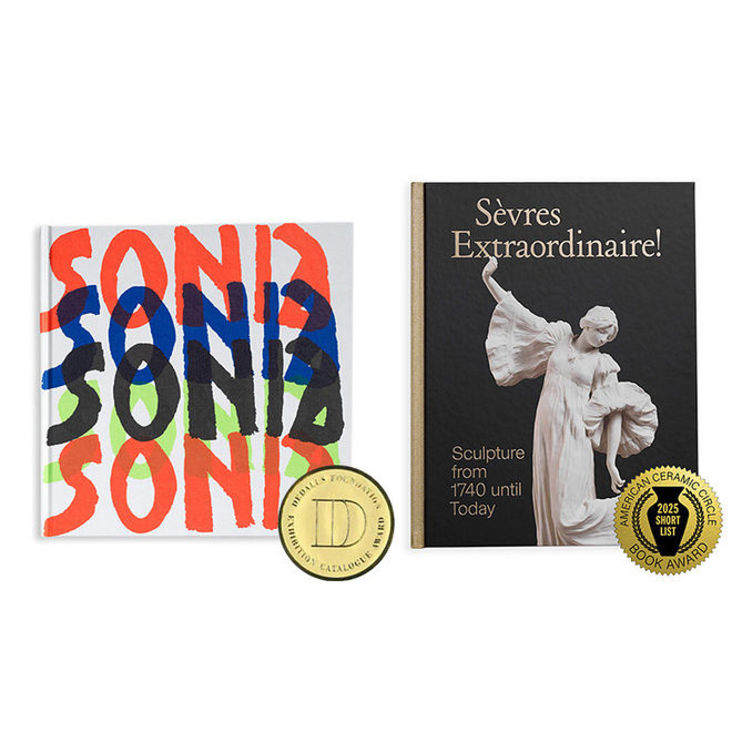Stephanie
Sadre-Orafai is an associate professor of Anthropology at the University of
Cincinnati. She received her PhD in Anthropology from New York University. Her
research focuses on transformations in contemporary US racial thinking and
visual culture by ethnographically examining emerging forms of expertise,
cultural and institutional practices of type production, and the intersection
of race, language, and visual practices in aesthetic industries. Her
publications include “Models, Measurement, and the Problem of Mediation in the
New York Fashion Industry,” in
Visual
Anthropology Review (2016); “Recasting Fashion Image Production: An
Ethnographic & Practice-Based Approach to Investigating Bodies as Media,”
in
Fashion Studies: Research Methods,
Sites & Practices (Bloomsbury, 2016); “The Figure of the Model and
Reality Television,” in
Fashioning
Models: Image, Text, and Industry (Berg, 2012); and “Fashion’s Other
Images: Casting Photographs and the Production of a Professional Vision,” in
Images in Time (Wunderkammer, 2011).
Tell us about your
academic background and how you became interested in your research area.
I became interested in anthropology when I was a junior in
high school after being matched with an archaeologist in a mentorship program.
I worked in his lab, but also sat in on his biological anthropology lectures.
That experience changed my life. There I learned that seemingly natural
categories of human difference were contingent, contextual, and socially
constructed, which became a recurrent theme in my research: understanding how
these categories were naturalized and put into relations with moral and
aesthetic hierarchies. While I have been in anthropology departments my entire
career—as an undergraduate, graduate student, and now, faculty member—I have
always worked at the intersection of it and other disciplines and on topics not
commonly pursued in anthropology. My research has allowed me to explore a range
of worlds, including fashion, design, policing, and corrections. I am
interested in how experts in these fields cultivate what are usually unthinking
routines of typification into foundational features of their professions.
Methodologically, I analyze media artifacts and the practices of their
production, employing ethnographic and micro-analytic techniques to understand
their material, visual, and discursive dimensions. Across these sites I explore
how experts create new articulations of mediation and visibility that shape how
broader US publics see and imagine difference and inequality.
What attracted you to
the Bard Graduate Center fellowship?
Despite focusing on aesthetic industries and practices for
the past fifteen years, I had never designed a project that took material
culture as its primary point of departure. While I was accustomed to
considering how experts handle, talk about, and use objects (particularly
visual and biographical documents), I always began with the process, not the
object. My goal had been to record and analyze those practices that do not
leave traces, or whose traces may be more difficult to follow in the material
record itself. The Bard Graduate Center fellowship presented an interesting
challenge to rethink my own work and research process through the lens of
objects, to see what other kinds of stories they could tell.
What will be the
focus and result of your research here?
I am working on a book project titled Type by Design. Drawing on ethnographic and material culture
analysis, this project connects the histories and contemporary cultural
practices of two New York commercial aesthetic industries—the high fashion
modeling industry and the commercial font business—through a shared material
culture form: promotional type ephemera. It brings the overlapping concerns of
animate (fashion models) and inanimate (typefaces) type production into
dialogue, examining how visual references and narratives are used to
entextualize types over time and across contexts. It explores the mutually
vivifying and dehumanizing dimensions of type production and what their
professional practices can reveal about underlying changes in cultural ideas of
“difference” and how they are visually encoded for the New York market. The
goal of this project is to critically examine what is at stake in becoming more
object-like as a “type” for people, and conversely, what it means to have both
a face and body for inanimate forms.
What are you goals
after the fellowship?
My fellowship comes at the end of my post-tenure sabbatical,
so upon returning to Cincinnati, I will complete my book manuscript and submit
it for review. When I go back to teaching, I plan on incorporating more
material culture approaches in my classes, as well as in my future work. An
unexpected development of my research that I hope to leverage is building up a
digital archive of fashion modeling ephemera I have collected and finding an
institutional home for it, either in New York or back in Cincinnati. I want to
make these materials accessible to other researchers and extend critical
discussion of them. This could also lead to an exhibition and/or short film.
What would be your
advice to young researchers/students still trying to decide a career path for
themselves, whether in academia or in museums?
Understand that the nature of work has changed for everyone,
so do not try to emulate the trajectory your professors or mentors have taken.
Your path will likely be different, and that is okay. While you are in school,
expose yourself to a range of options through coursework, internships, jobs,
and by going to events that spark your interest or excite you. Pay attention to
what you like (and do not like) about these things and how they align with or
redirect your imagined trajectory. While my graduate training helped prepare me
for many facets of my job as a professor, there are so many other things that I
did not anticipate being part of the job, that I now really love. I have also
been able to incorporate hobbies and personal interests into my work, which has
reshaped it. Think holistically and consider the kind of life you want to live
and how your career can support that, instead of the other way around.












